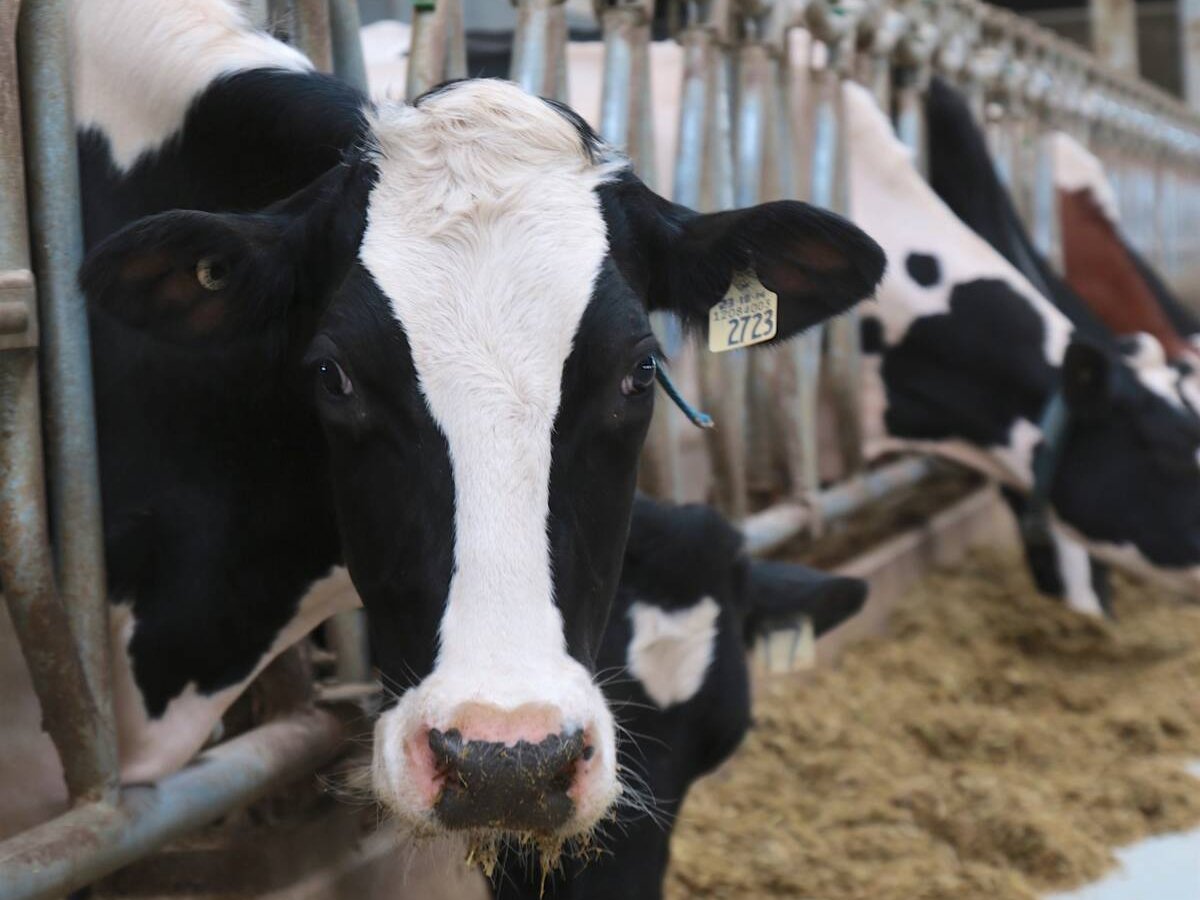Genetically modified wheat has taken a big step closer to commercial reality.
Monsanto re-entered the wheat research business last week, buying the assets of West Bred LLC, a Montana-based firm that specializes in wheat germplasm.
Monsanto said the $45 million US purchase will help it develop new varieties of genetically modified wheat.
The company said it is responding to recent calls from the wheat industry in North America and Australia for new investment in wheat, specifically through biotechnology.
The company is expected to first develop higher yielding varieties through conventional breeding, using WestBred’s germplasm.
Read Also

The Organization for Economic Co-operation and Development lauds Canada’s low farm subsidies, criticizes supply management
The Organization for Economic Co-operation and Development lauded Canada’s low farm subsidies, criticized supply management in its global survey of farm support programs.
It is then expected to use those seeds as the foundation for developing new GM varieties with traits such as drought tolerance, nitrogen efficiency and high yield.
However, it’s expected to be at least eight to 10 years before a GM wheat variety is commercially available to farmers, assuming it receives regulatory approval.
As well, farm, consumer and environmental groups that successfully resisted the introduction of Roundup Ready wheat several years ago will likely resume the fight.
“If GM wheat comes back, the big coalitions that formed last time will be back at work opposing it again this time,” said Darrin Qualman, research director for the National Farmers Union.
Monsanto Canada spokesperson Trish Jordan said the company’s Canadian arm is prepared to get involved in the GM project.
“We’d certainly be open to that and willing to invest if it’s something that growers and the industry are interested in looking at.”
She said the company is ready to work with public and private plant breeders to develop new GM varieties that would benefit producers in Western Canada.
That could mean varieties with traits of particular interest to growers north of the border, such as drought tolerance and fusarium resistance.
Jordan said the new project will not resurrect Roundup Ready wheat, the herbicide tolerant GM variety that the Canadian wheat industry rejected a decade ago.
Satisfy opposition
A major factor in that rejection was a solid wall of opposition from marketers, such as the Canadian Wheat Board, and consumers, in North America and overseas. Overcoming that opposition will be crucial to the success of the latest GM project.
“We’ve got this signal that people are interested in it,” Jordan said.
“Now we’ve got eight to 10 years to work with customers, listen to their concerns and figure out how we can all work together to address those concerns.”
Monsanto announced in May 2004 it was abandoning Roundup Ready wheat and getting out of wheat research.
In 2006, in the face of rapidly declining wheat acreage, U.S. wheat grower groups began talking publicly about the need for GM wheat to keep the crop competitive with alternatives, such as corn and soybean.
In May this year, a coalition of nine wheat industry groups from the United States, Australia and Canada issued a joint statement calling for investment in biotech wheat research.
Richard Phillips, executive director of Grain Growers of Canada, one of the Canadian coalition members, said Monsanto’s announcement is good news.
“I think it speaks well that they’re listening to what the coalition of farmers and millers had to say,” he said.
He predicted GM wheat will be more readily accepted this time.
“If there are good traits that come to market and they’re the economic traits that farmers want that will put dollars in their pockets, I think you’ll see quick acceptance and adaptation.”
He acknowledged work needs to be done to convince marketers, processors and consumers to accept GM wheat, but expressed confidence that can be accomplished over the next few years.
Qualman expects Monsanto’s new GM efforts will face roadblocks.
Market acceptance will be crucial, along with issues relating to producer control, the costs of biotech wheat and opposition from consumer and environmental groups, he said.
Qualman rejected the suggestion that the introduction of GM wheat is inevitable, adding Monsanto’s motive is profit rather than doing what’s best for farmers.
“They got stopped on GM wheat, then they got stopped on GM alfalfa, now they’re trying wheat again,” he said, adding the company is obliged to try to keep pushing new products onto the market to satisfy its shareholders.
U.S. wheat groups welcomed Monsanto’s announcement.
“The research challenges facing wheat are well known, as is the importance of this crop to world food supplies,” said a joint statement from U.S. Wheat Associates and the National Association of Wheat Growers. “This announcement comes at a time when basic research into agronomic improvements to wheat is critically needed.”














